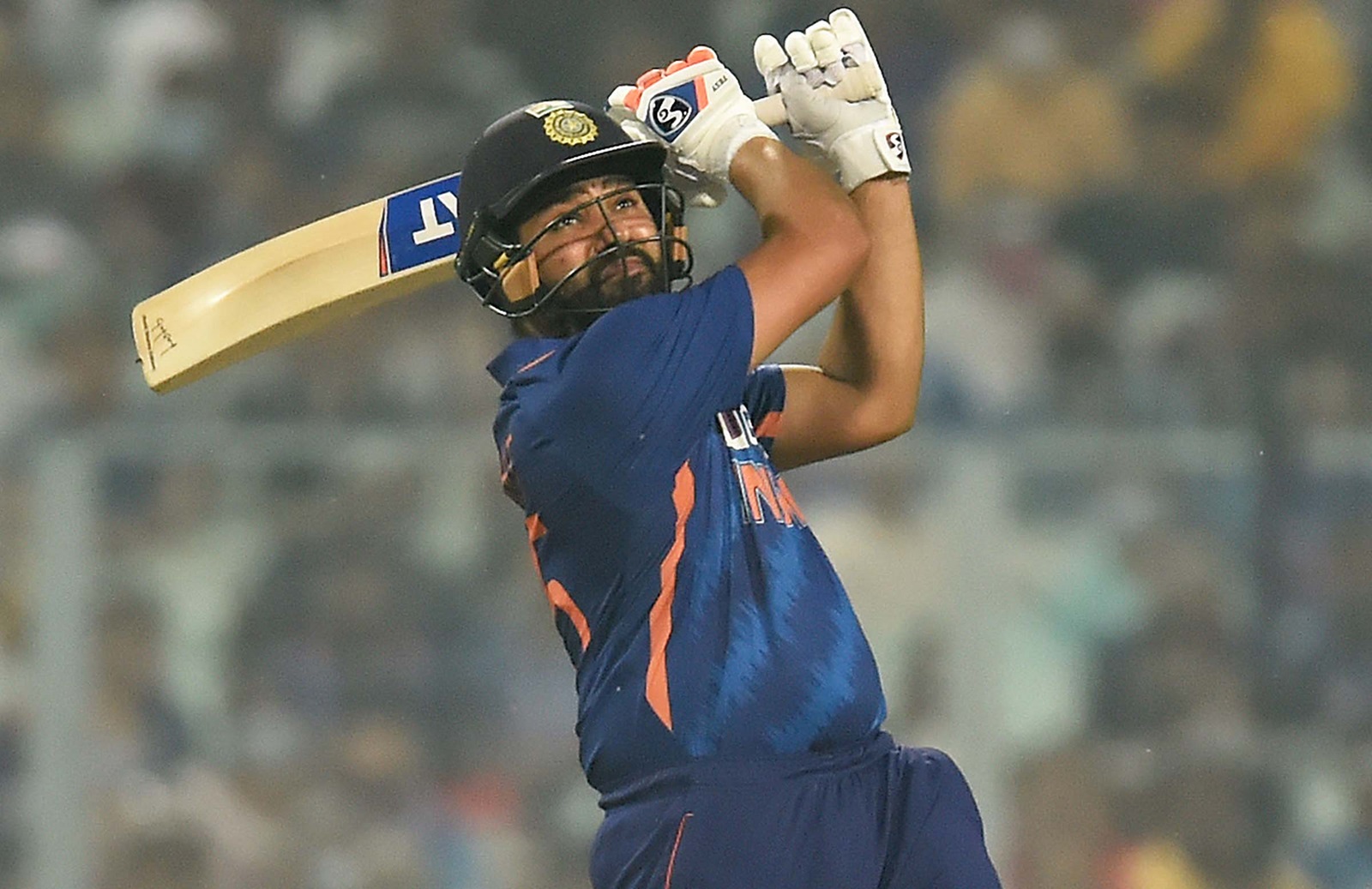The History of ODI
For the longest time, the only format of cricket was the test. It has been prevalent since the mid-19th century. What started with only England and Australia has now become an assembly of 12 teams. These 12 teams are also full members of the International Cricket Council (ICC) and hold permanent ODI status.
The very first ODI was played back in 1971. Ironically, the match was between England and Australia. Moreover, the match was held at the Melbourne Cricket Ground (MCG). It’s “ironic” because the very first official test match was also between the same teams and it took place at the same venue, back in 1877. The actual match in 1971 was supposed to be a test match but the first 3 days were washed away by heavy rain. The officials then decided to play 40 overs instead, with 8 balls per over.
Near the end of the same decade, Kerry Packer introduced World Series Cricket. It was the first of its kind and it included a lot of ODI cricket rules that we’re familiar with now. These rules include the use of coloured jerseys, the game being played under floodlights, the use of a white ball instead of the traditional red, and black screens to see the ball better during flight.
If you’re not aware, Kerry Packer was one of the most influential people in Australia at that time and he made his fortune in the media business. He’s also the force that made international broadcasting of ODI matches possible with multiple camera angles, in-field audio, and graphical scorecards. What ODI stands for in cricket is largely credited to this man as ODIs soon became the most played format in international cricket.
